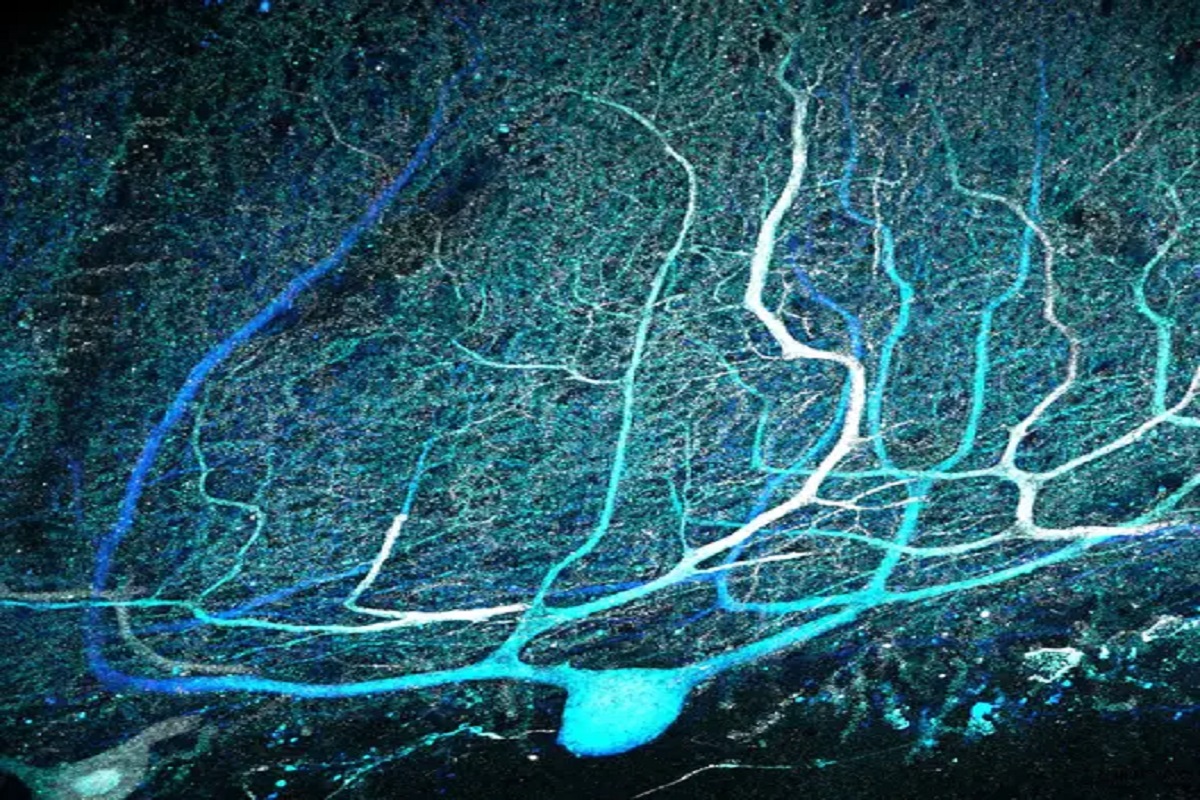A recent study from the University of Chicago has revealed exciting new findings about brain cells called Purkinje cells. These cells are found in the cerebellum, which is a part of the brain responsible for coordinating movement and processing sensory information.

For over a century, scientists believed that Purkinje cells had only one main branch, or dendrite, that connected to a single climbing fiber from the brain stem. However, a closer look at thousands of these cells in both humans and mice showed that the conventional idea was not entirely accurate.
The study found that almost all human Purkinje cells have multiple primary dendrites, which are like large branches sprouting from the cell body. This discovery matched the illustrations made by the Spanish researcher Santiago Ramón y Cajal, who received the Nobel Prize in 1906 for his work on brain structures. Cajal’s drawings depicted multiple dendrites, and now it seems he was right.
About 50% of Purkinje cells in mice also have multiple primary dendrites. Interestingly, 25% of these cells receive input from multiple climbing fibers, which connect to different branches of the dendrites. This challenges the long-standing belief that each Purkinje cell connects to only one climbing fiber.
To investigate the functional implications of these findings, the researchers conducted experiments on live mice. They found that each branch could be activated independently in cells with multiple primary dendrites, responding to different stimuli. For example, some branches respond more to light, while others are more sensitive to sound or touch.
Multiple dendrites and climbing fibers in Purkinje cells provide more computational power to the brain. This allows brain circuits to adapt and respond to different situations that require various movements.
Understanding the structure and connectivity of Purkinje cells could also have implications for certain diseases. Studies have shown that the connections between these cells and climbing fibers are weaker in some movement disorders, like cerebellar ataxia. On the other hand, stronger connections have been observed in genetic duplication and overexpression models of autism.
Overall, this study has challenged the conventional understanding of Purkinje cells and their connections, shedding new light on the complexities of the cerebellum. By unraveling the mysteries of these brain cells, researchers hope to gain a deeper understanding of brain function and potential implications for neurological conditions.
Leave a Reply